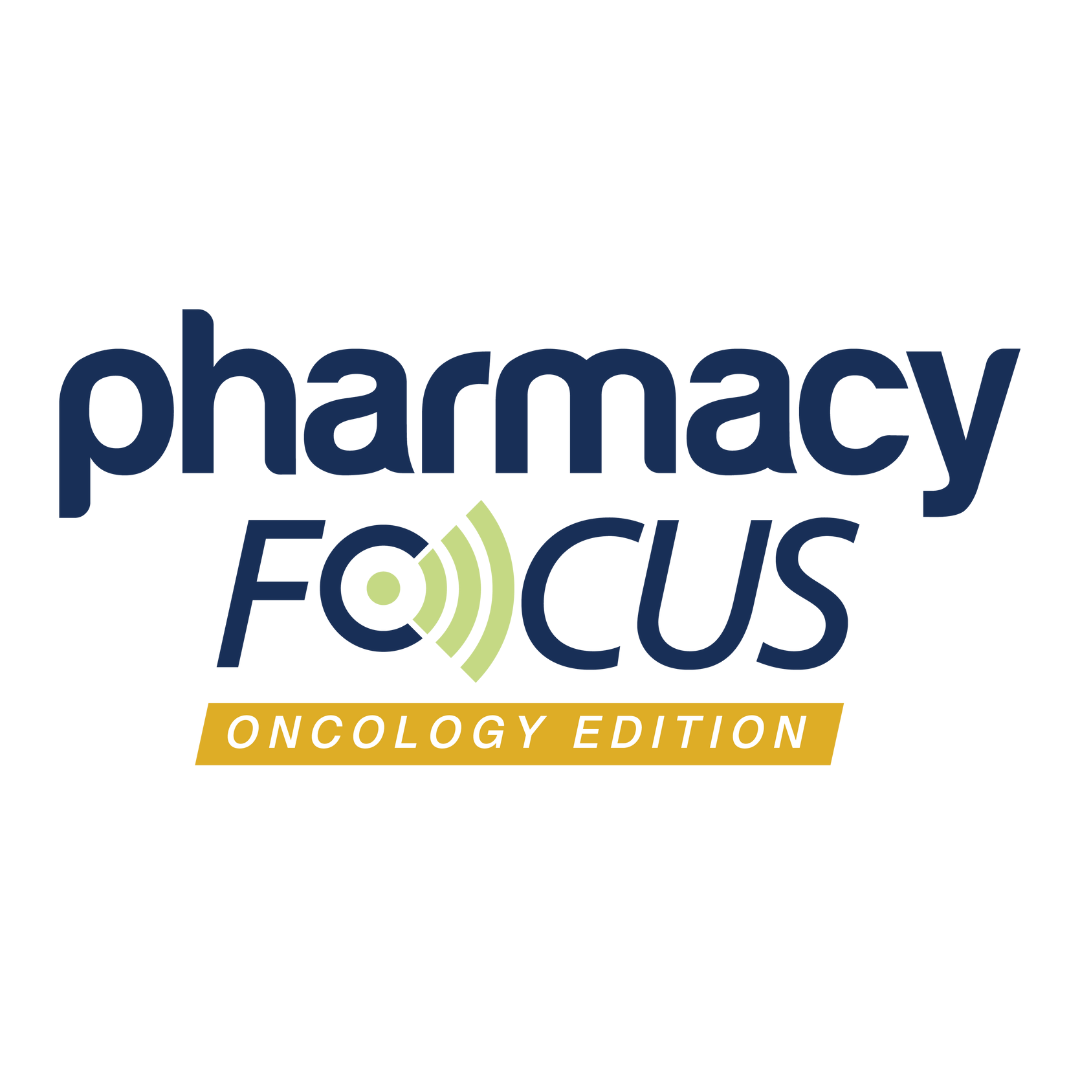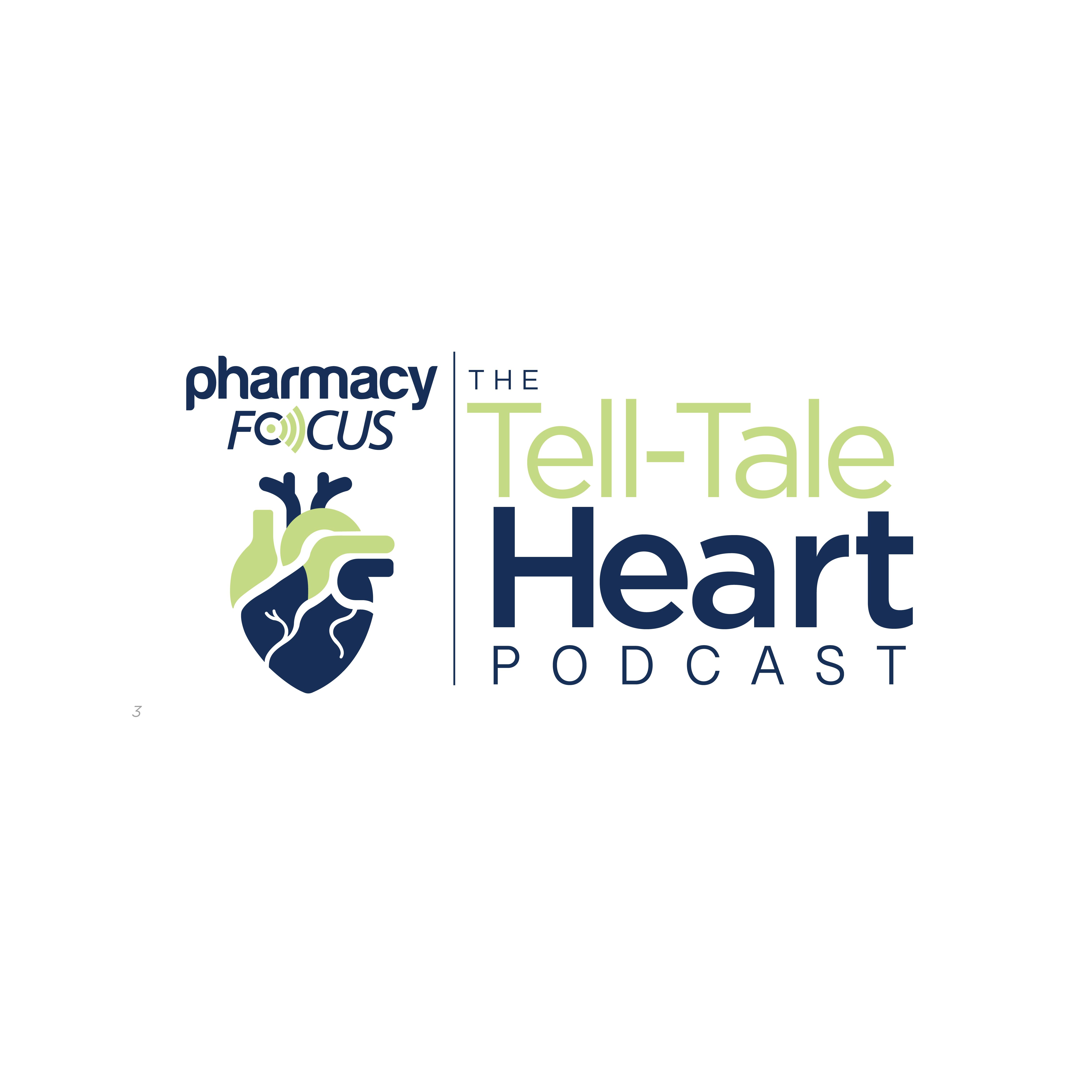News
Article
Study Sheds Light on Impact of Vaccination, Infection on Anti-RSV IgG Levels
Key Takeaways
- RSV poses a significant health threat to older adults, with high hospitalization and mortality rates.
- The CDC recommends RSV vaccination for adults 75+ and at-risk individuals aged 60-74.
A recent study reveals high RSV antibody levels in older adults, highlighting the importance of vaccination and natural infection for enhanced immunity.
Respiratory syncytial virus (RSV) poses a significant health threat to older adults, often leading to severe illness and increased mortality in individuals aged 65 years and older. In a population-based ecological modelling study using advanced statistical methods, researchers intended to characterize the seroprevalence of anti-RSV IgG antibodies in a cohort of adults from the US. Published in the International Journal of Infectious Diseases, the researchers aimed to compare antibody levels among individuals that received a recent RSV vaccination or natural infection, finding higher rates of RSV seropositivity in recently diagnosed vaccinated individuals.1
Respiratory Virus Genetic Material Micrograph - Image credit: GOLVR | stock.adobe.com

RSV Severity in Older Adults
The CDC estimates that each year, approximately 60,000 to 160,000 older adults are hospitalized due to RSV, accounting for 6000 to 10,000 deaths.2 Currently, to combat RSV infection, the CDC recommends a single dose of any of the FDA-approved RSV vaccines—RSVPreF3 (Arexvy; GSK), RSVpreF (Abrysvo; Pfizer), and mRNA-1345 (mRESVIA; Moderna)—for all adults 75 years and older, along with individuals aged 60 to 74 years who are at increased risk of severe illness.3
Study Design and Results
A total of 475 individuals aged 27 to 99 years were randomly selected and included in the seroprevalence study cohort who had blood drawn between January 2022 and November 2023 at a Mayo Clinic Biobank. The individuals had a median age of 72.8, were mainly White (97.5%), and the sex distribution was 38.5% males and 61.5% females. An enzyme-linked immunosorbent assay (ELISA) coated with whole RSV-A virus and viral components purified from Vero cells was tested for anti-RSV IgG. Additionally, the study authors noted that other cohorts, outside of the main group, included 40 individuals with a median age of 80.6 with documented RSV infection, along with 71 individuals with a median age of 75.7 with a recent RSV vaccination.1
The results demonstrated that of the 475 individuals, 398 (83.8%) tested IgG positive, 38 (8.0%) tested IgG negative, and 39 (8.25%) had equivocal results for RSV-A-IgG. The median antibody titers were significantly higher in female participants, at 15.5 standard units (SU), compared with 14.5 SU in males. However, no significant differences in seroprevalence rates or median antibody titers were observed based on a comparison of antibody titers by sex, age group, or RSV season. The median antibody titers among individuals with a recent RSV diagnosis ranged from a minimum of 3.2 SU to a maximum of 40.8 SU, with a median of 15.5 SU.1
Further results from age-based stratification revealed that individuals aged 75 years and older represented the largest subgroup of 207 and exhibited the lowest non-seropositive rate at 18.4% and a median antibody titer of 14.4 SU. Individuals aged younger than 60 years demonstrated the smallest subgroup of 108, with a non-seropositive rate of 14.8% and a median antibody titer of 15.1 SU. A total of 160 individuals aged between 60 and 74 years had a non-seropositivity rate or median antibody titer of 15.2 SU. Like previous results, no significant differences in seropositivity rate or median antibody titer were observed across the included age groups.1
In the cohort study that followed the main trial, among the 40 individuals with a previous RSV diagnosis, 39 (97.5%) tested positive and 1 (2.5%) had an equivocal result. Of the 71 individuals with a previous RSV vaccination, 68 (95.8%) tested positive, 2 (2.8%) tested negative, and 1 (1.4%) had an equivocal result. The study authors noted that the negative and equivocal samples were collected 15, 33, and 100 days post-vaccination, respectively, with 1 negative individual having received chemotherapy within 12 months. Additionally, antibody titers were found to significantly decline over time following infection, while no observable correlation was found between antibody titers and time since vaccination.1
“While we cannot rule out subsequent exposure, infection, or subclinical disease, these data can be used to estimate rates of waning in the general population. Because infection may occur even when RSV antibodies are detected, and the antibody titer required to prevent illness is currently unknown, it is difficult to accurately estimate the number of older adults vulnerable to RSV infection, even with larger sample sizes,” the study authors said in their discussion.1
The findings suggest that there is high seroprevalence of RSV-A IgG in individuals across varying demographics following RSV infection. Recent infection or vaccination also demonstrated boosted antibody levels, emphasizing the importance of observing protection against RSV.1
REFERENCES
1. Teodoro L., Ovsyannikova I., Grill D. et al. Seroprevalence of RSV Antibodies in a Contemporary (2022 – 2023) Cohort of Adults. International Journal of Infectious Diseases. June 21, 2025. doi: 10.1016/j.ijid.2025.107964
2. CDC. RSV in older adults. August 30, 2024. Accessed June 12, 2025. https://www.cdc.gov/rsv/older-adults/index.html#:~:text=RSV%20can%20be%20dangerous%20for,disease%20get%20an%20RSV%20vaccine.
3. RSV Vaccines. CDC. News release. August 30, 2024. Accessed April 17, 2025. https://www.cdc.gov/rsv/vaccines/index.html
Newsletter
Stay informed on drug updates, treatment guidelines, and pharmacy practice trends—subscribe to Pharmacy Times for weekly clinical insights.






